BROWSE ALL
Over-the-Counter Guides
Expert-curated over-the-counter (OTC) guides providing comprehensive, easy-to-understand information. Access reliable, up-to-date self-care information based on the same guidelines your doctors follow.
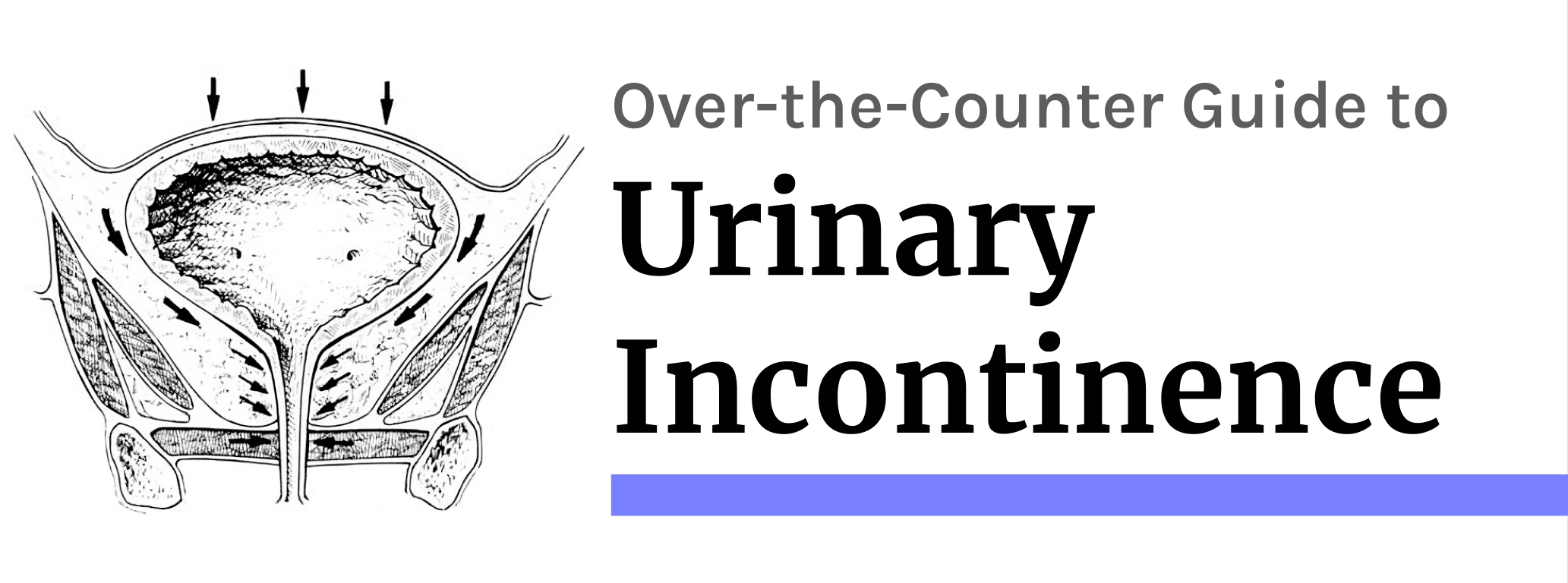
January 13, 2025
Urinary Incontinence: Best Evidence for At-Home Management
Classified as stress, urge, overflow, or functional. Stress incontinence responds well to pelvic floor exercises (Kegels) or vaginal pessaries, with severe cases potentially requiring medications like duloxetine or surgical intervention. For urge incontinence, OTC transdermal anticholinergic patches can reduce bladder overactivity, while prescription options like oral anticholinergics, beta-3 adrenergic agonists, or Botox injections may help in more severe cases. Seek medical attention for red-flag symptoms or new-onset incontinence.
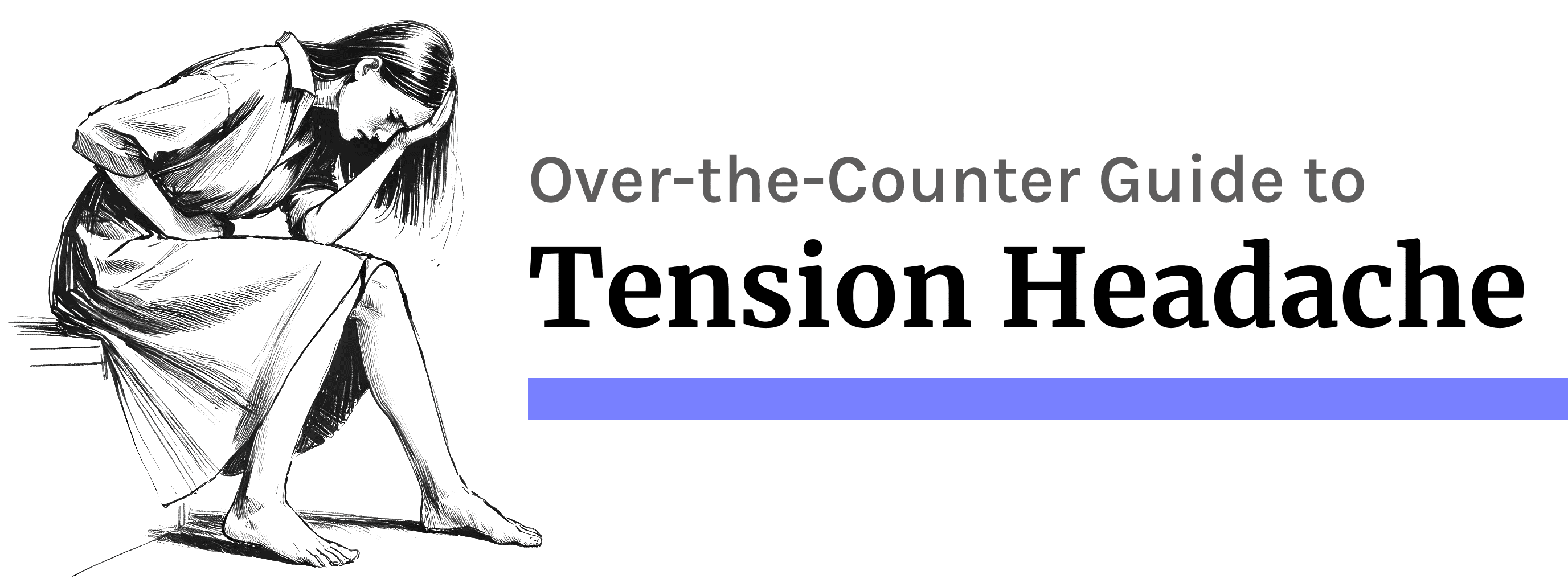
January 13, 2025
Tension Headache Solutions
Treat tension headaches with first-line options like acetaminophen (500–1000 mg every 4–6 hours, max 3000 mg/day) or NSAIDs such as ibuprofen (200–400 mg every 6–8 hours) or naproxen (220 mg every 8–12 hours). Combination analgesics with caffeine, like Excedrin, may offer added relief. For chronic or severe cases, prescription muscle relaxants or preventive medications, such as tricyclic antidepressants, may be needed.
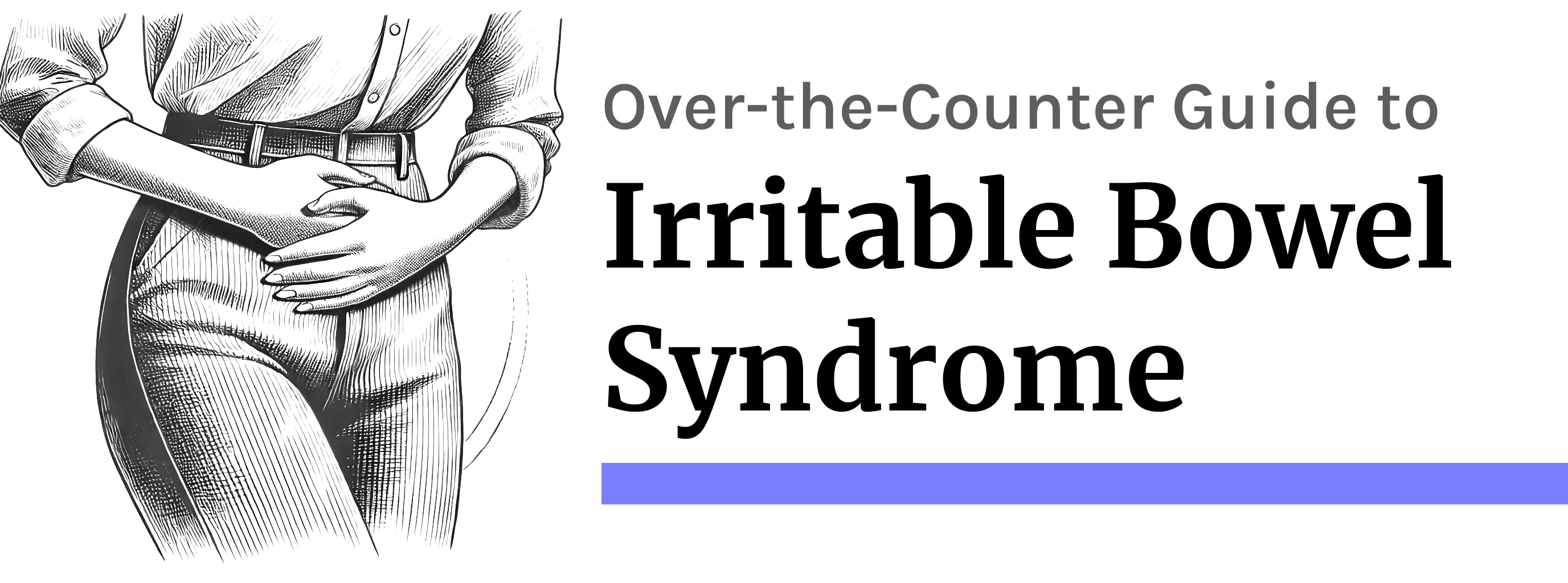
January 11, 2025
Irritable Bowel Syndrome: American College of Gastroenterology Guidelines
Manage IBS with a low-FODMAP diet and symptom-specific treatments: polyethylene glycol (PEG) for IBS-C or loperamide for IBS-D. Peppermint oil capsules (0.2–0.4 mL, three times daily) may relieve abdominal pain and overall symptoms. For persistent cases, consider prescription options like rifaximin, intestinal secretagogues, or antispasmodics.
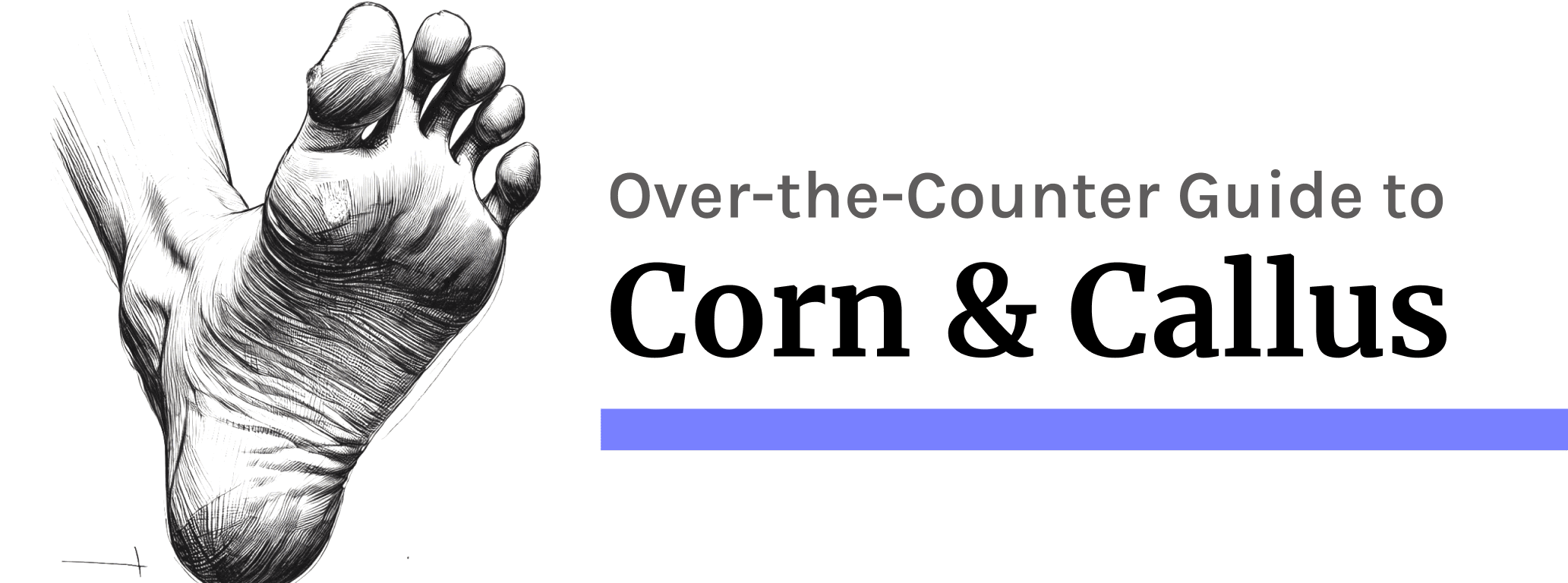
January 11, 2025
Calluses and Corns: At-Home Removal
Evidence-based medical guidelines. Remove corns and calluses with gentle daily care using a pumice stone or foot file after soaking in warm water to soften the skin. Apply salicylic acid (liquid or patch) daily to remove thickened skin, cleaning the area beforehand. For additional care, use urea cream (10–40%) to soften skin and protective pads to cushion and prevent friction.
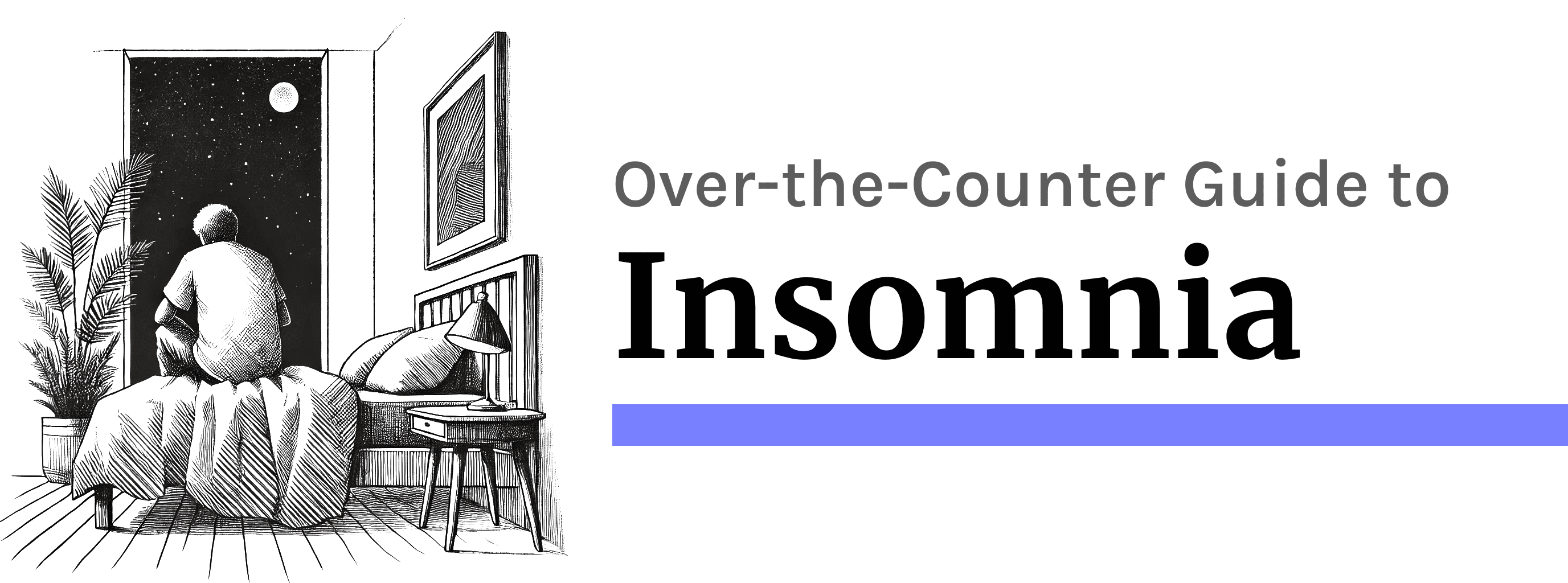
January 11, 2025
Insomnia: Know Your Options
Non-pharmacological strategies include improving sleep hygiene and cognitive-behavioral therapy. Over-the-counter options include melatonin (1–5 mg 1–2 hours before bed), diphenhydramine (25–50 mg at bedtime), or valerian root (300–600 mg before bed), though benefits are modest and user preference varies. For persistent or severe cases, consider prescription medications like zolpidem, ramelteon, or suvorexant under a doctor’s guidance.
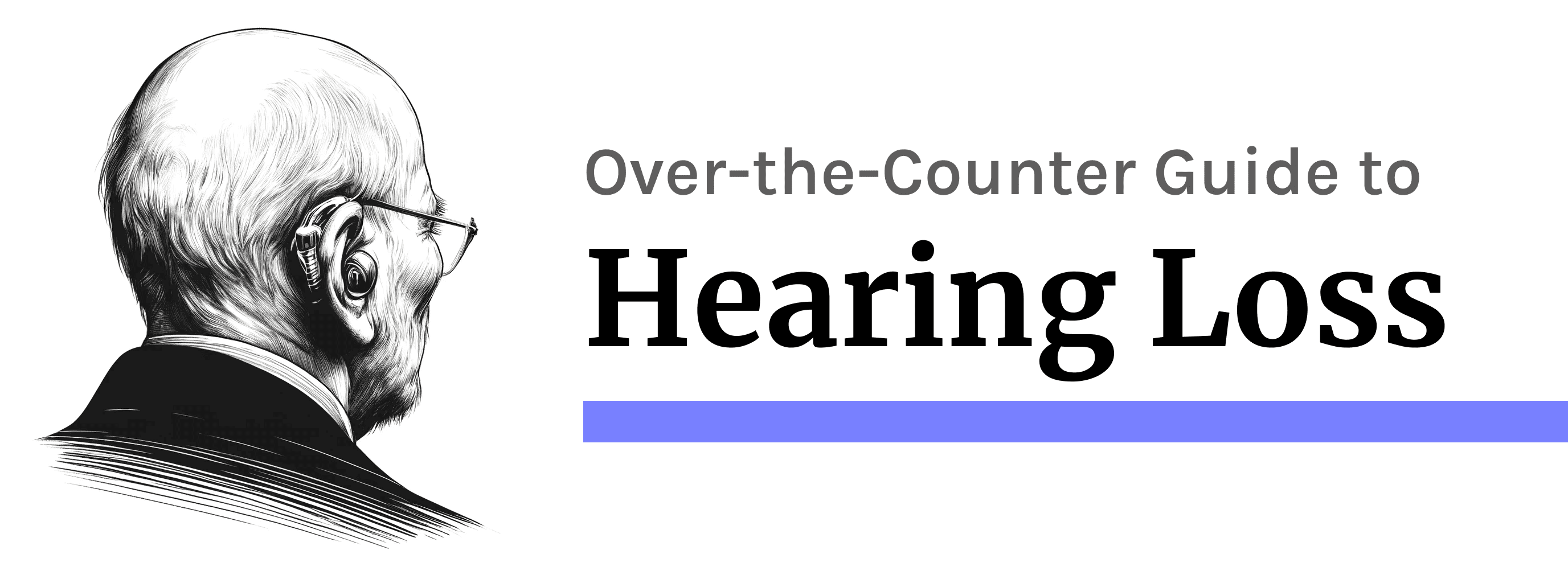
January 11, 2025
OTC Hearing Aids: What You Need to Know
Do you have hearing loss? Symptoms include difficulty hearing in noisy places, following group conversations, or needing to increase TV volume. In August 2022, the FDA authorized OTC hearing aids for adults 18+ with perceived mild to moderate hearing loss, allowing purchase without a medical exam or audiologist fitting.
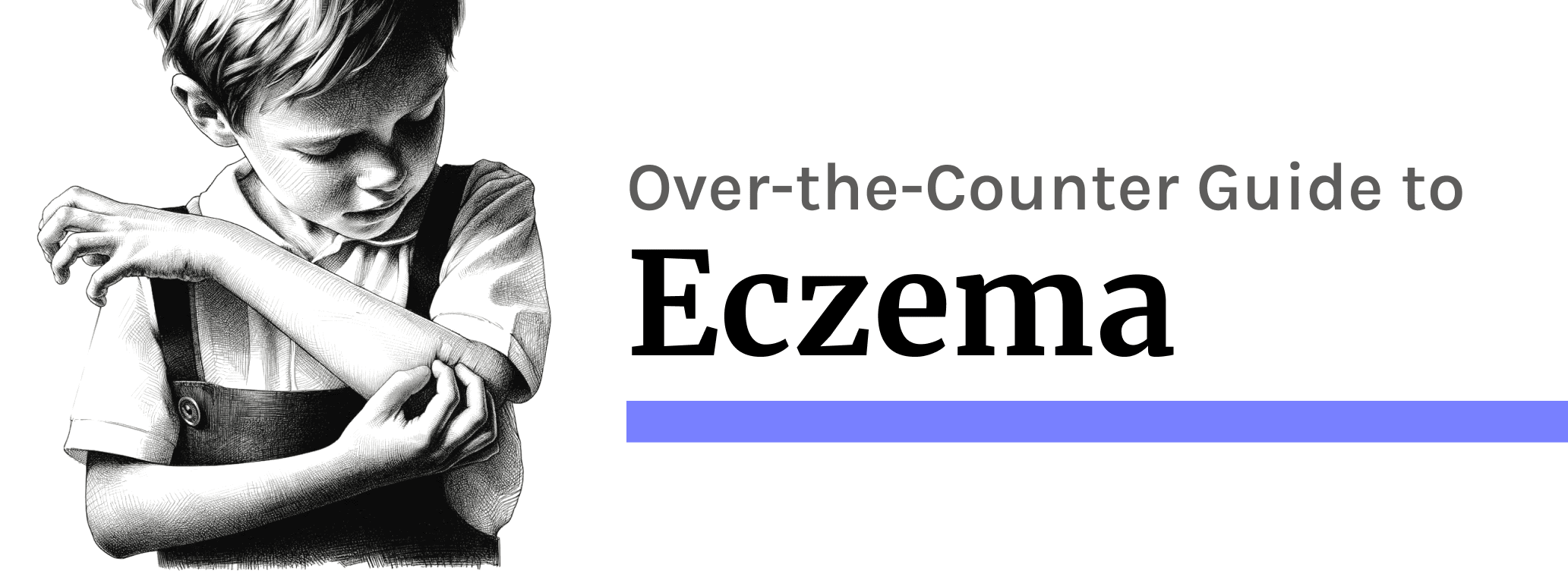
January 11, 2025
Eczema: American Academy of Dermatology Guidelines
First-line treatments are moisturizers to restore the skin barrier. Use emollients (e.g., glycol stearate), occlusive agents (e.g., petrolatum), and humectants (e.g., glycerol) generously, 2–3 times daily and after bathing. For flares, second-line treatments include wet wrap therapy with low-potency corticosteroids, such as hydrocortisone 1% cream, to reduce inflammation. Severe or resistant cases may require prescription-strength topical medications, systemic corticosteroids, or biologics like dupilumab for long-term control.
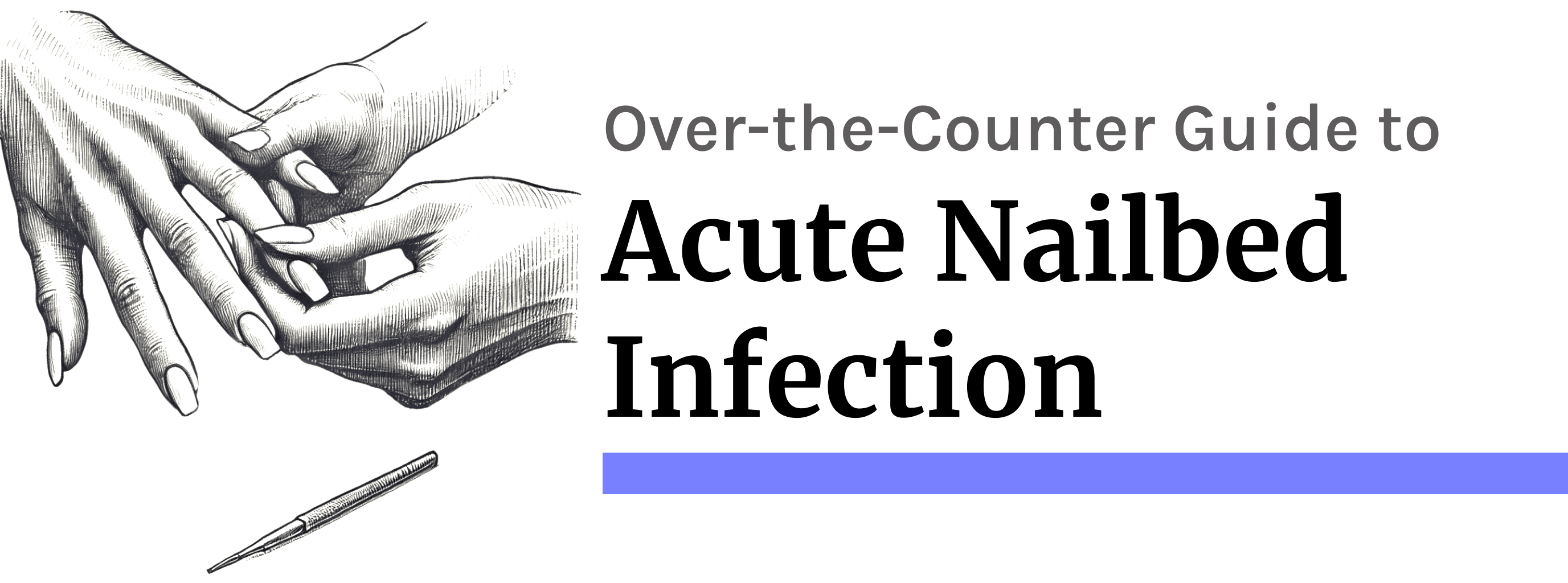
January 11, 2025
Acute Nailbed Infection Solutions
Treat acute paronychia with warm soaks (plain, Burow’s solution, or 1:1 white vinegar-water mixture) 2–4 times daily to reduce swelling and promote drainage. Apply an antibiotic ointment like bacitracin-polymyxin B (Polysporin) and hydrocortisone 1% cream after each soak to enhance healing and reduce inflammation. For severe cases with abscess or spreading cellulitis, prescription antibiotics or professional incision and drainage may be necessary.

January 11, 2025
Acid Reflux (GERD): American College of Gastroenterology Guidelines
Manage chronic acid reflux (GERD) with the same medial guidelines doctors follow. First-line treatment includes a proton pump inhibitor (PPI) like omeprazole (20 mg daily, 30–60 minutes before the largest meal) for patients with symptoms 2+ times per week. For additional relief, second-line options include H2-receptor antagonists like famotidine or antacids like calcium carbonate for occasional breakthrough symptoms.
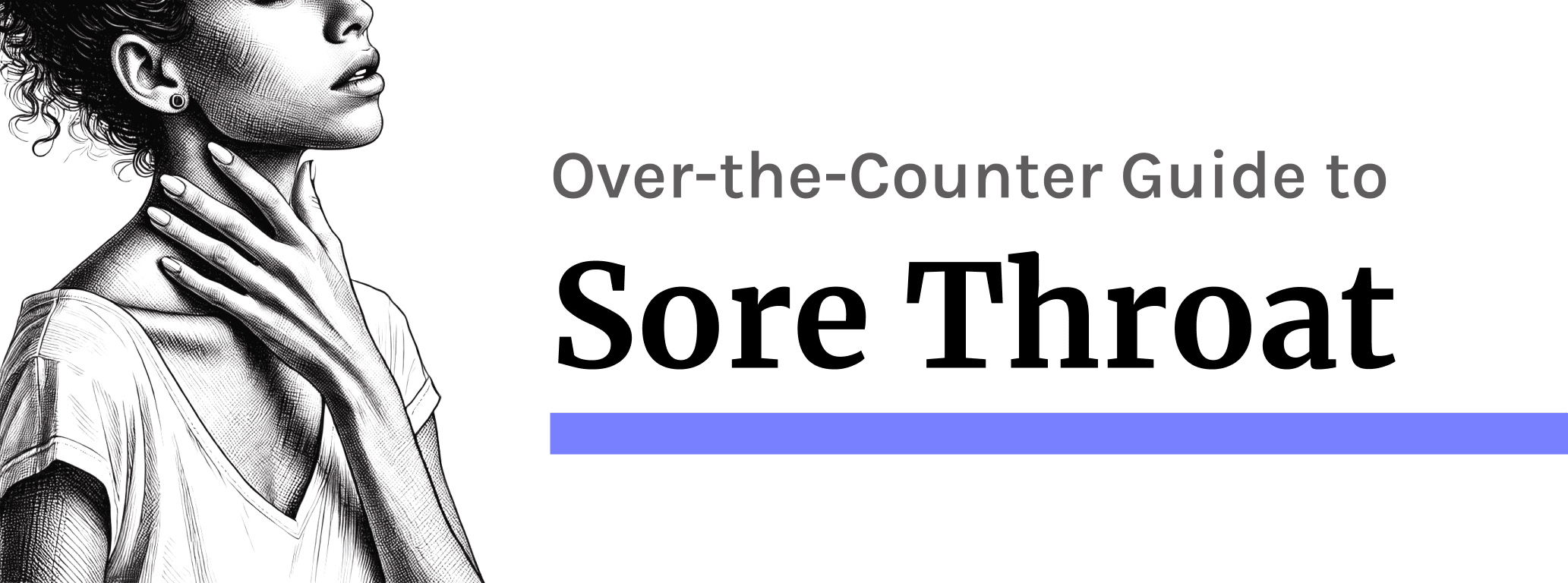
January 11, 2025
Sore Throat: At-Home Management
Sore throats result from viral infections in ~70% of cases. Manage them with symptom-relief measures such as saltwater gargles (1/2 tsp salt in 8 oz warm water, 2–3 times daily), throat lozenges containing benzocaine or menthol, and pain relievers like acetaminophen (500 mg every 4 hours, max 3,000 mg/day) or ibuprofen (400 mg every 4–6 hours as needed). For bacterial pharyngitis (e.g., strep throat), prescription antibiotics such as penicillin or amoxicillin are necessary, with corticosteroids reserved for severe swelling under medical supervision.